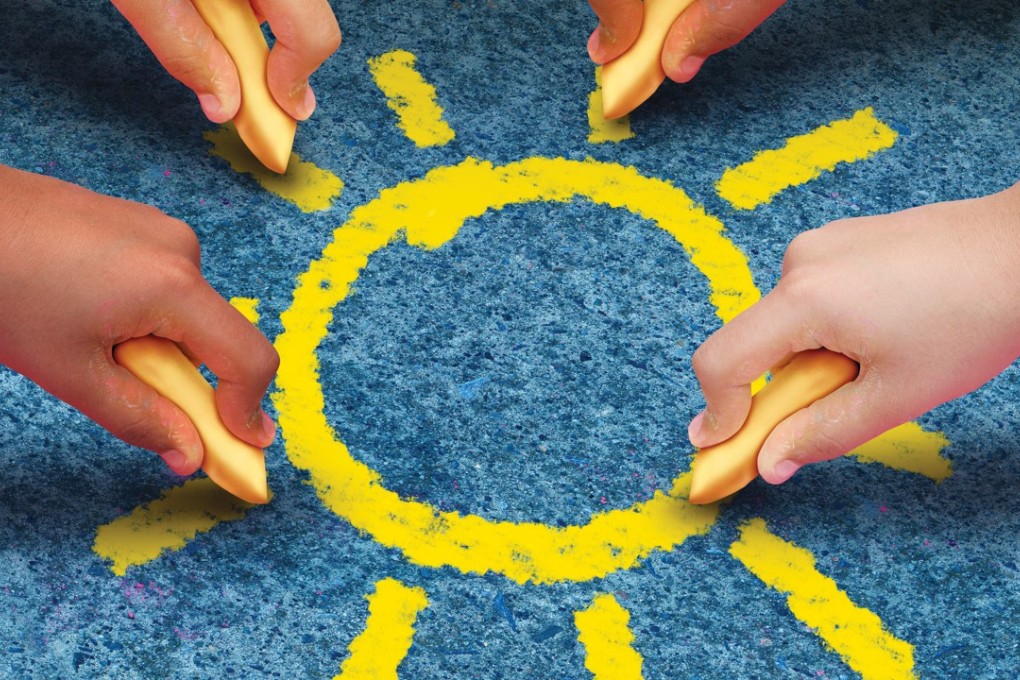Can Hong Kong’s inclusive education marry non-local curricula?
When it comes to educating children with special needs, parents and schools have many strategies to choose from to ensure their youngsters get the teaching that suits them best

Integrating students with special educational needs (SEN) into mainstream classrooms has been the official policy for more than a decade. But how does it work, and what is on offer for non-local parents?
As of September 2017, 61 schools appear on the EDB’s list of aided special schools. Under its umbrella are schools for children with visual or hearing impairment, and physical or intellectual disability, as well as schools for social development and hospital schools. The Jockey Club Sarah Roe School, run by the English Schools Foundation, is the only international special school listed.
These 62 schools took in 8,060 students in the 2017/18 school year, just over 2 per cent of which occurred in an international setting. This number makes up 17 per cent of some 46,000 SEN schoolchildren in need of vital support services - a figure estimated by local advocacy group SEN Rights Association, based on the EDB’s own study.
The rest of the SEN students are in mainstream classrooms. The EDB has developed a Three-tier Intervention Model in line with its approach to integrated education.
Dr. Liu Duo, associate head and associate professor of the Department of Special Education and Counselling at the Education University of Hong Kong, says this model exemplifies how the teaching approach for SEN students can be inclusive and differentiated at the same time.